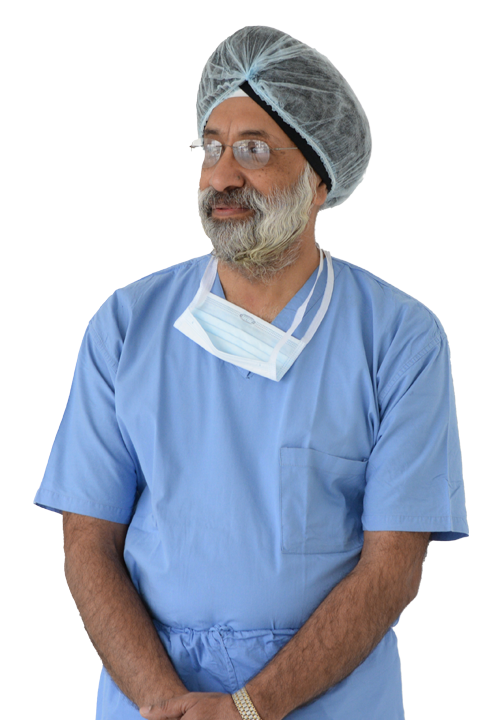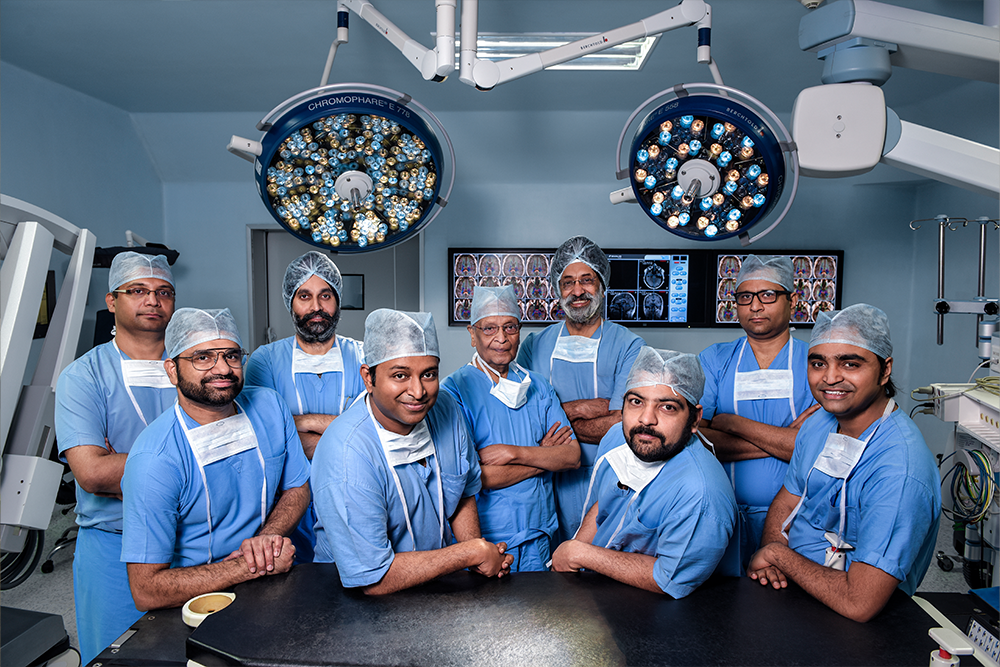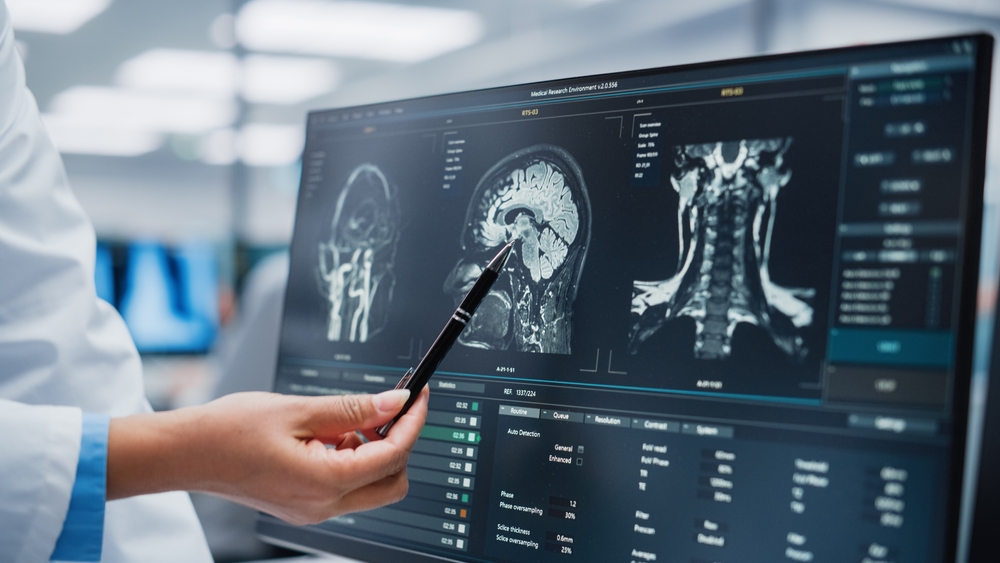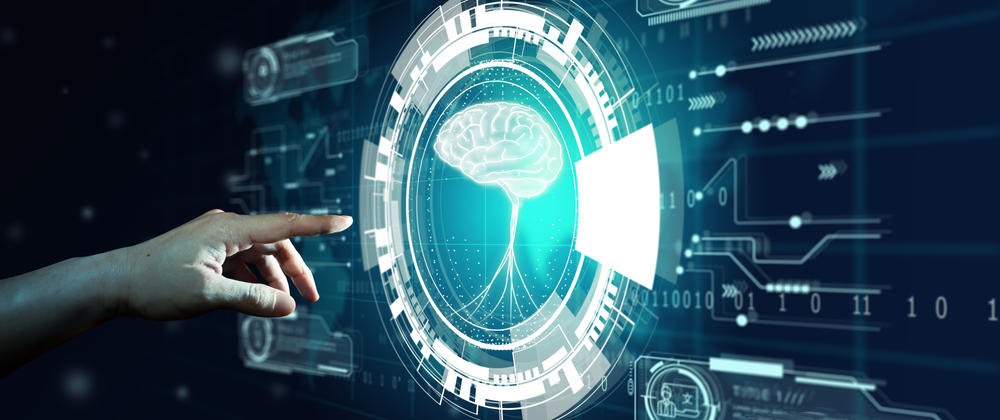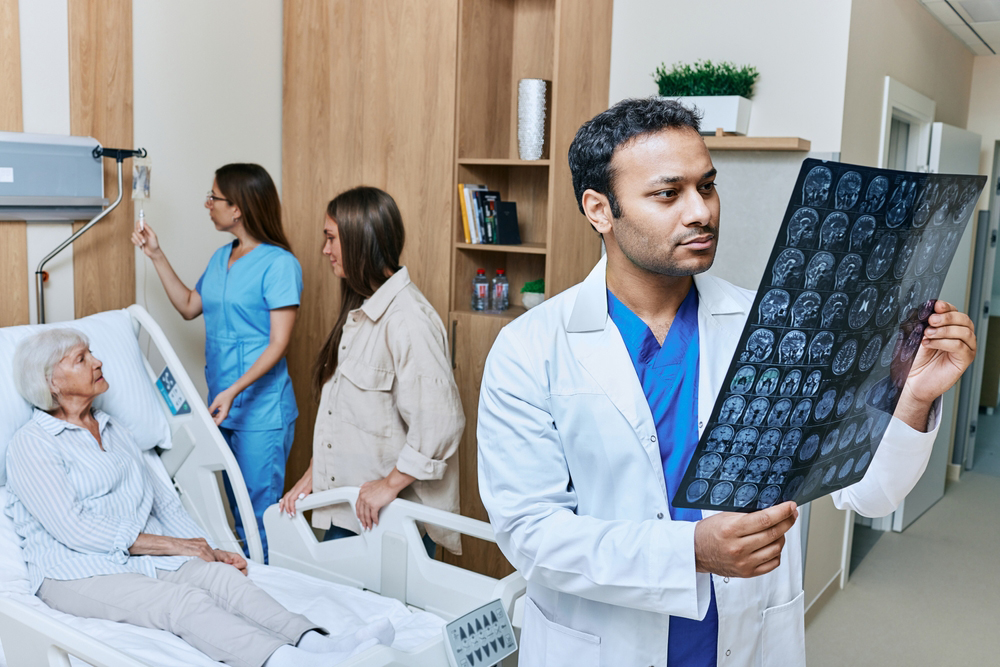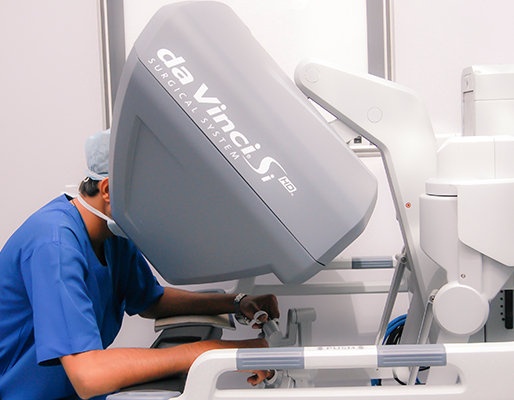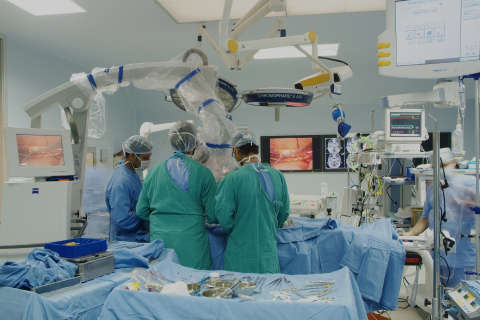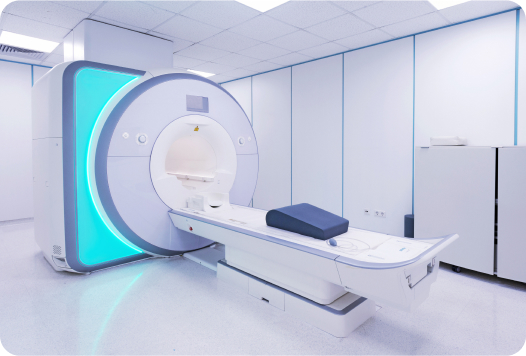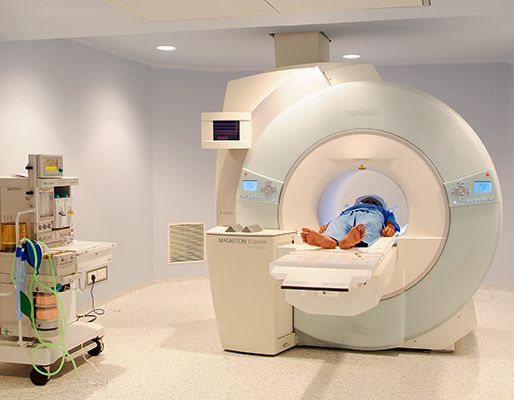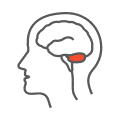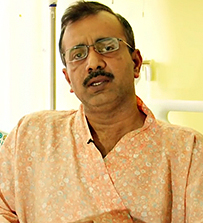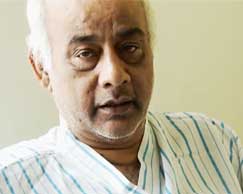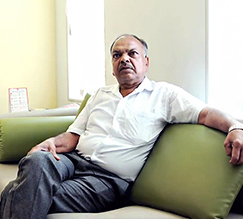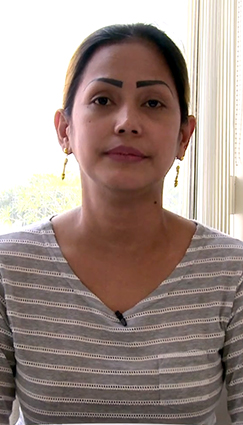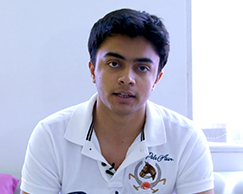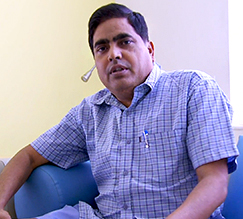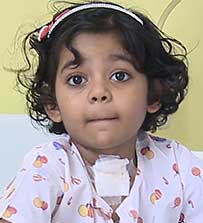Neurosciences
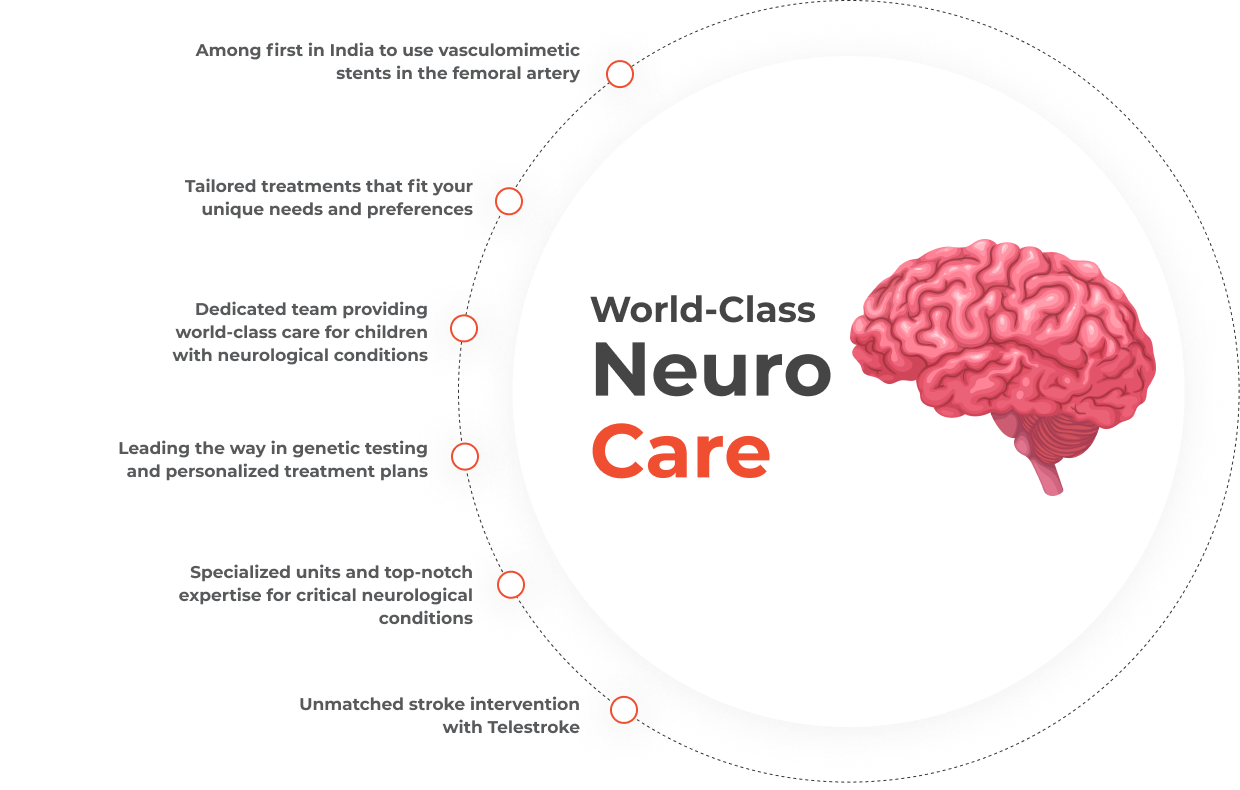
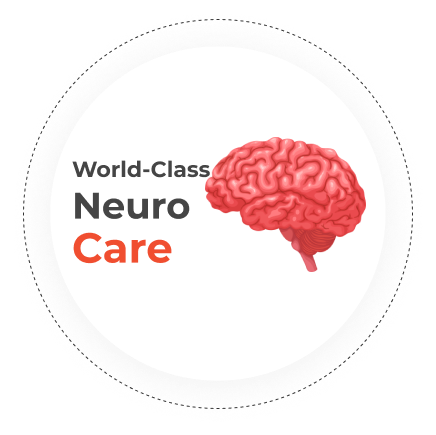

The spine is a very delicate and important part of the central nervous system of the body. The spine can have numerous issues like lumbar canal stenosis, whiplash, degenerative disc disease, intradural spinal tumour, extradural spinal tumour, spinal injury due to falls or trauma, and infections like TB in the spine.
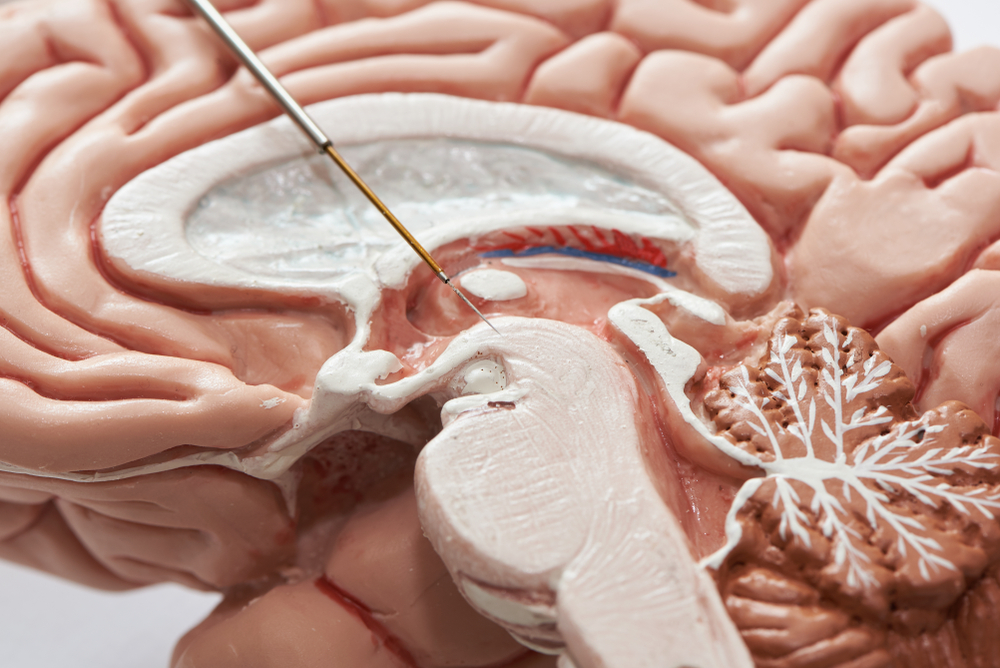
Deep Brain Stimulation (DBS) is a highly advanced neurosurgical procedure that involves the insertion of electrodes into specific areas of the brain. These electrodes are then connected to a pulse generator that is implanted under the skin of the chest or abdomen. DBS is a cutting-edge treatment used to manage movement disorders such as Parkinson's disease, essential tremor, and dystonia. It is also used to treat certain neurological conditions like epilepsy and obsessive-compulsive disorder.
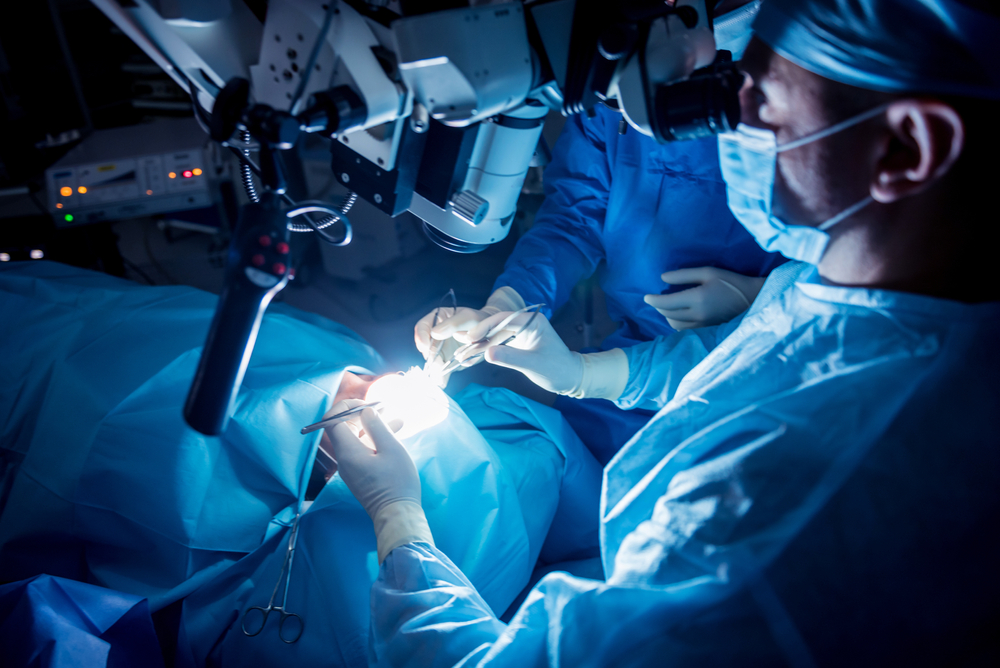
Interventional neuroradiology, which is also known as neurointerventional surgery, refers to a set of minimally invasive procedures that utilize advanced imaging techniques to diagnose and treat conditions that affect the blood vessels of the brain and spinal cord. This specialized field provides innovative solutions for aneurysms, arteriovenous malformations, acute stroke, and other vascular abnormalities. It often offers alternatives to traditional open surgery.

Stroke rehabilitation is a comprehensive and personalized program designed to aid individuals in their recovery journey following a stroke. By integrating physical therapy, occupational therapy, speech therapy, and other specialized interventions, stroke rehabilitation aims to restore lost abilities, improve mobility, and enhance overall quality of life for stroke survivors. These tailored programs address the diverse challenges that can arise after a stroke, including motor impairment, communication difficulties, cognitive changes, and emotional adjustments.

Epilepsy is a medical condition characterized by recurring seizures that occur due to disruptions in the normal electrical activity of the brain. These seizures can be triggered by various factors such as not getting enough sleep, taking incorrect medication doses, experiencing high levels of emotional or physical stress, hormonal changes, or using substances such as alcohol and drugs.

Brain Attack, also known as brain stroke, happens when the blood supply to a part of your brain is interrupted. Due to deficiency of oxygen and nutrients, the brain cells start to die. Brain attack is a crucial condition and an early action can help to reduce brain damage and complications.
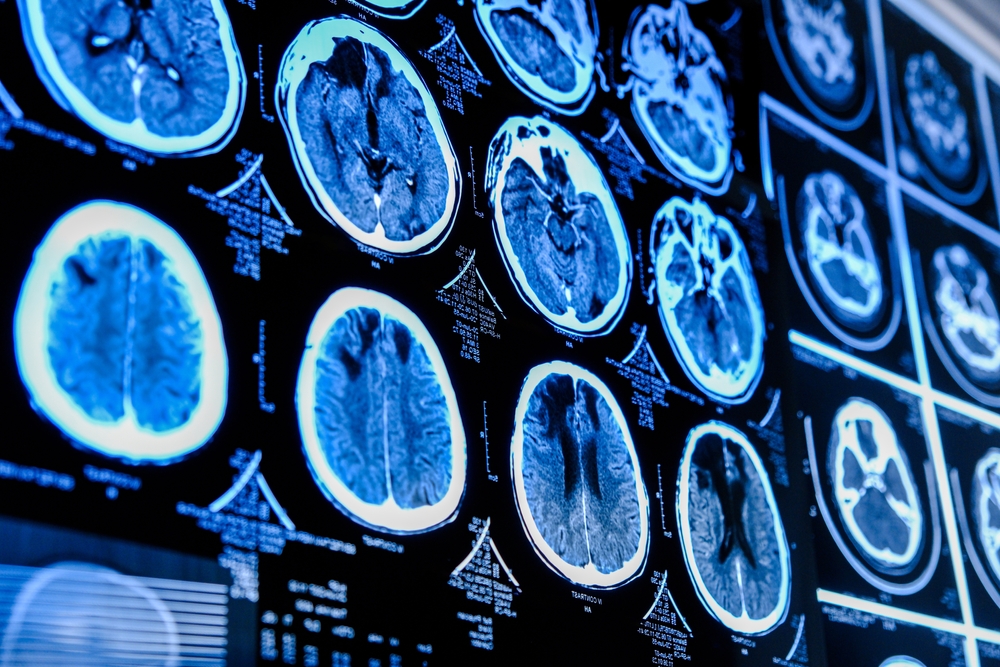
An occurrence of cancer tumours in the brain cells leads to brain cancer. Primary brain tumours are named after the brain tissue type from where cancer develops. Different names and types of brain cancers reflect the different cells in the brain that can become cancerous. Although benign or non-cancerous, tumours can affect the brain functioning, and the grade of cancer determines the severity. Any abnormal growth of cells in the brain is called a brain tumour. It is important to understand that not all brain tumours are cancerous.

Glioblastoma, also called glioblastoma multiforme (GBM), is a kind of tumour arising from star-shaped cells (astrocytes) that build up brain supportive tissues. It is a rapidly growing, aggressive type of cancer, which affects parts of the brain and spinal cord. Tumours forming from astrocytes are cancerous as the cells multiply rapidly and are backed by a large network of blood vessels.
